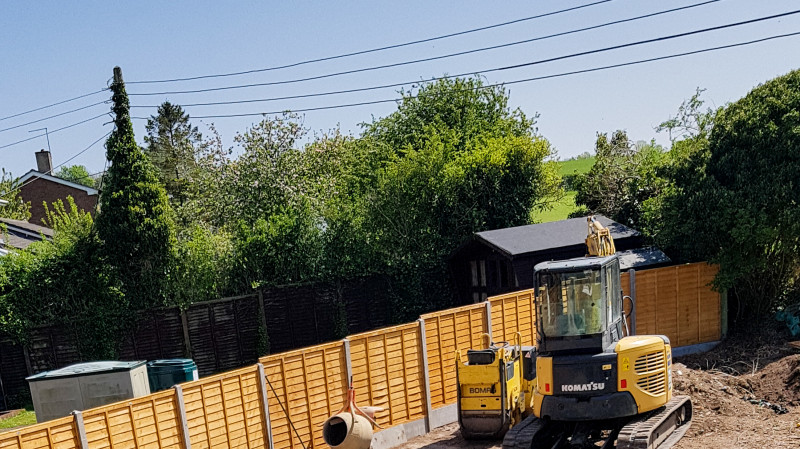You are here: How do I know which is my fence?
There is a lot to get your head around when you are moving house and one of the things that is best to sort out early on is which of the boundary fences is your property. It is always a good idea to check with the estate agent, landlord or previous owner to see what you are responsible for before buying or moving in. That way, you can avoid any neighbourly conflict due to issues of falling down fences, overgrown bushes or broken fence panels.

If there has been some damage or maintenance is needed and you don’t know which fence your responsibility is, you can check your deeds to see if there any existing boundary agreements on the properties already. Some of these documents are copies of copies and are very old, and can be very difficult to read. If after studying it, you still aren’t sure, you can request for a separate authority to determine exactly where the boundary line lies. These can be the High Court Judge, a County Court Judge or a Judge in a Land Registration Tribunal but it is not a case of them taking the lead on this. Instead, you are expected to make a legal case and put it to them, in order that a judgement can be made.
Common issues
Probably the most common garden fence problem is deciding who is responsible for repairs and maintenance. Most garden fence damage because of bad weather or deterioration from old age, so it usually isn’t anyone’s fault. You can speak to your neighbour and come up with a plan that works for both of you. However, if damage has been caused as a result of your neighbour’s actions, then they are entitled to pay for the damage to be fixed.
Another issue you may come up against is changing your fence and putting in one that is higher. The height of fences is a matter of planning policy, so you need to find out what is allowed in your area by contacting the local authority planning office. As a general rule, fences in rear gardens are allowed to be up to 2 metres or 6 feet high.
While garden fence responsibility can be contentious, the rules and laws over property boundaries are pretty clear and cover most situations. But it is best not to sit on the fence in a quandary. Take the first move and have a chat with your neighbour to come up with an agreement that works for both of you before any situation gets ugly. And remember it is your property. As long as you are doing everything legally, you can make changes. They might not be your neighbour’s choice, but then they do have their own property to look after.
If you are looking to make some home improvements, you may find some of these services useful
Garden Design
If you are considering improving your garden
Invasive weeds report
If you are concerned that you may have Japanese Knotweed, or other nuisance plants.
Building Regulations
Find details of local experts who can help with Building Regulations
Architectural Design Services
Find local Architectural Design experts
Builders
Find local help with a building project
Structural Inspections
Find an expert to carry out a structural inspection
Building Surveys
I want a local surveyor to do a Building Survey for me

